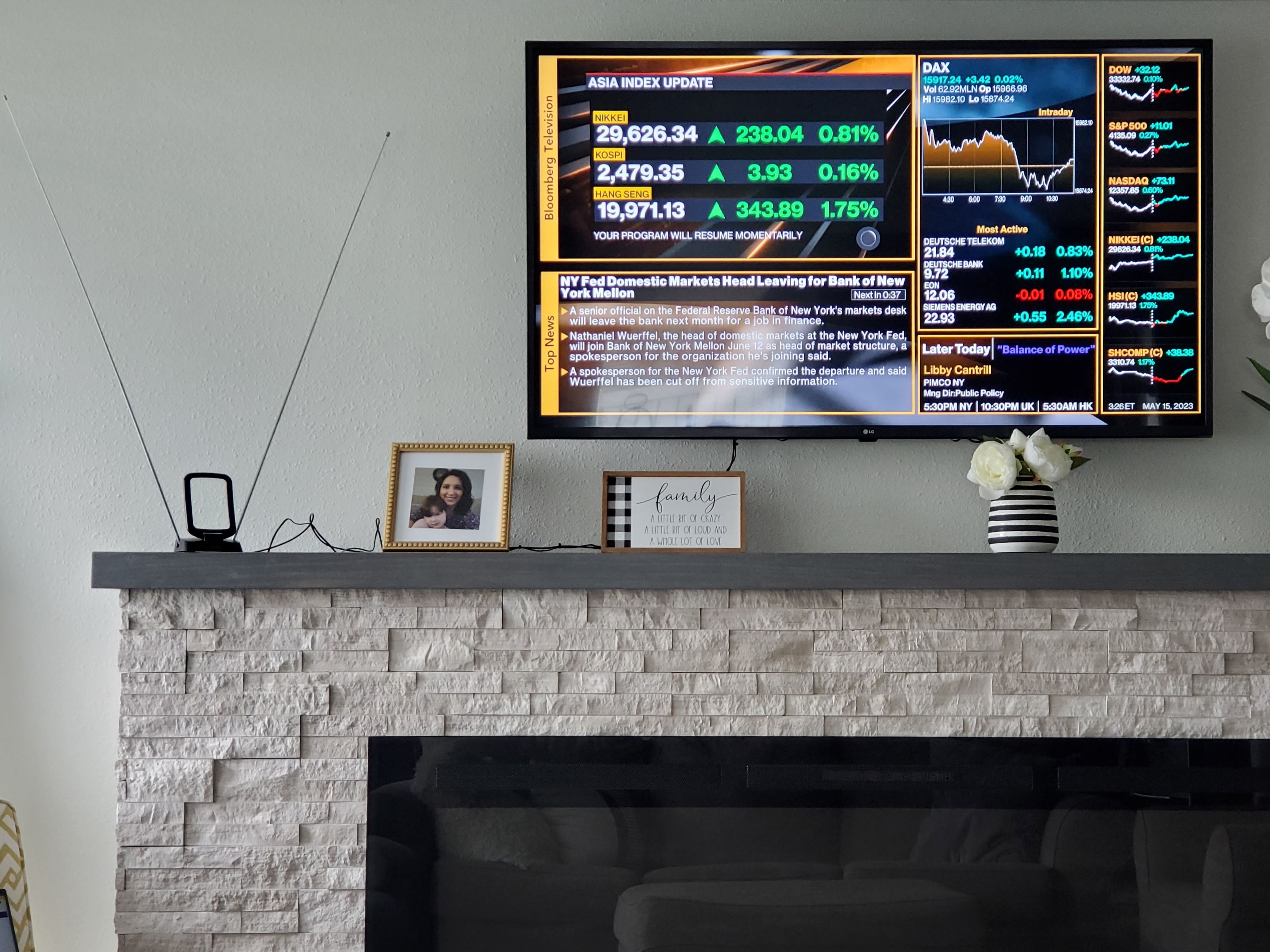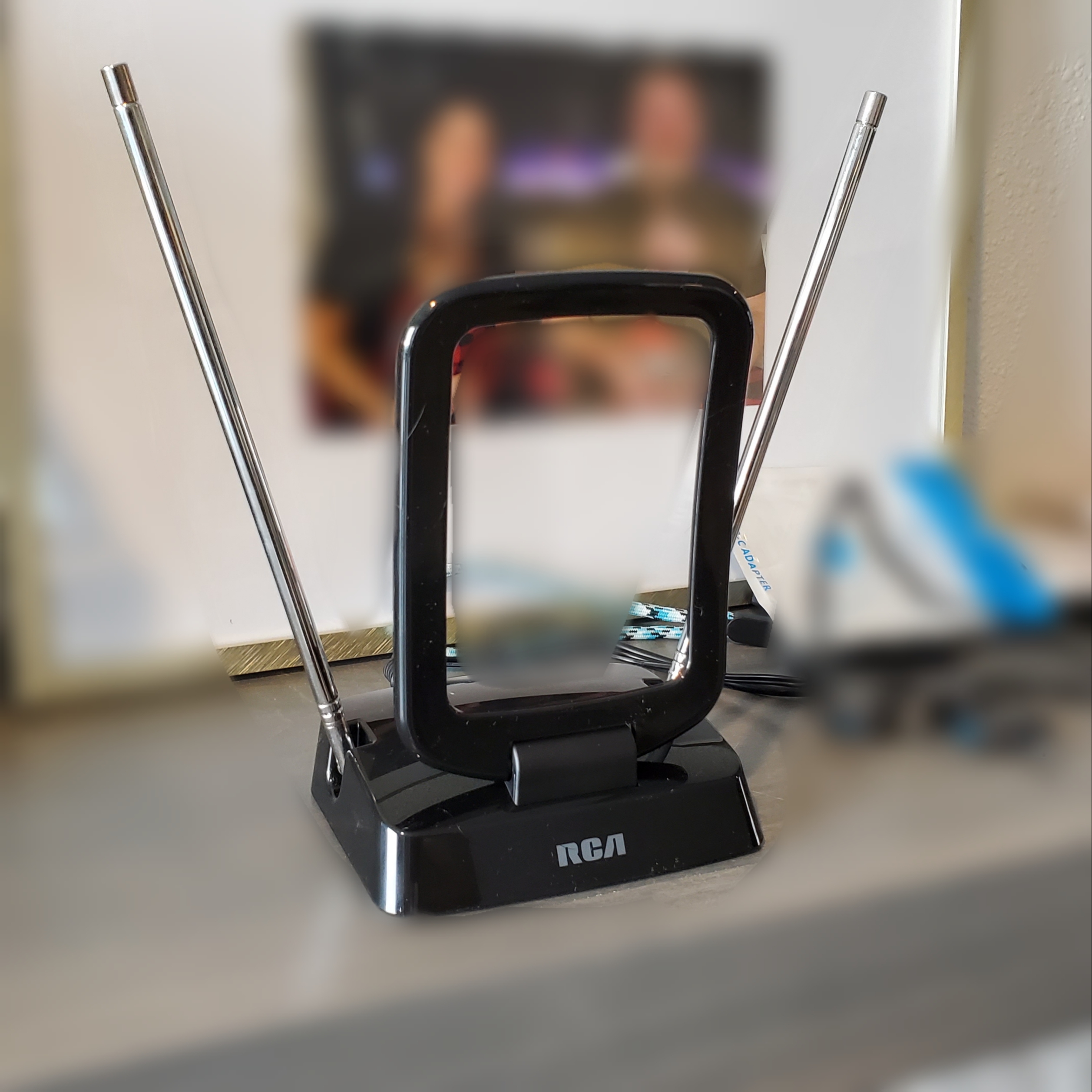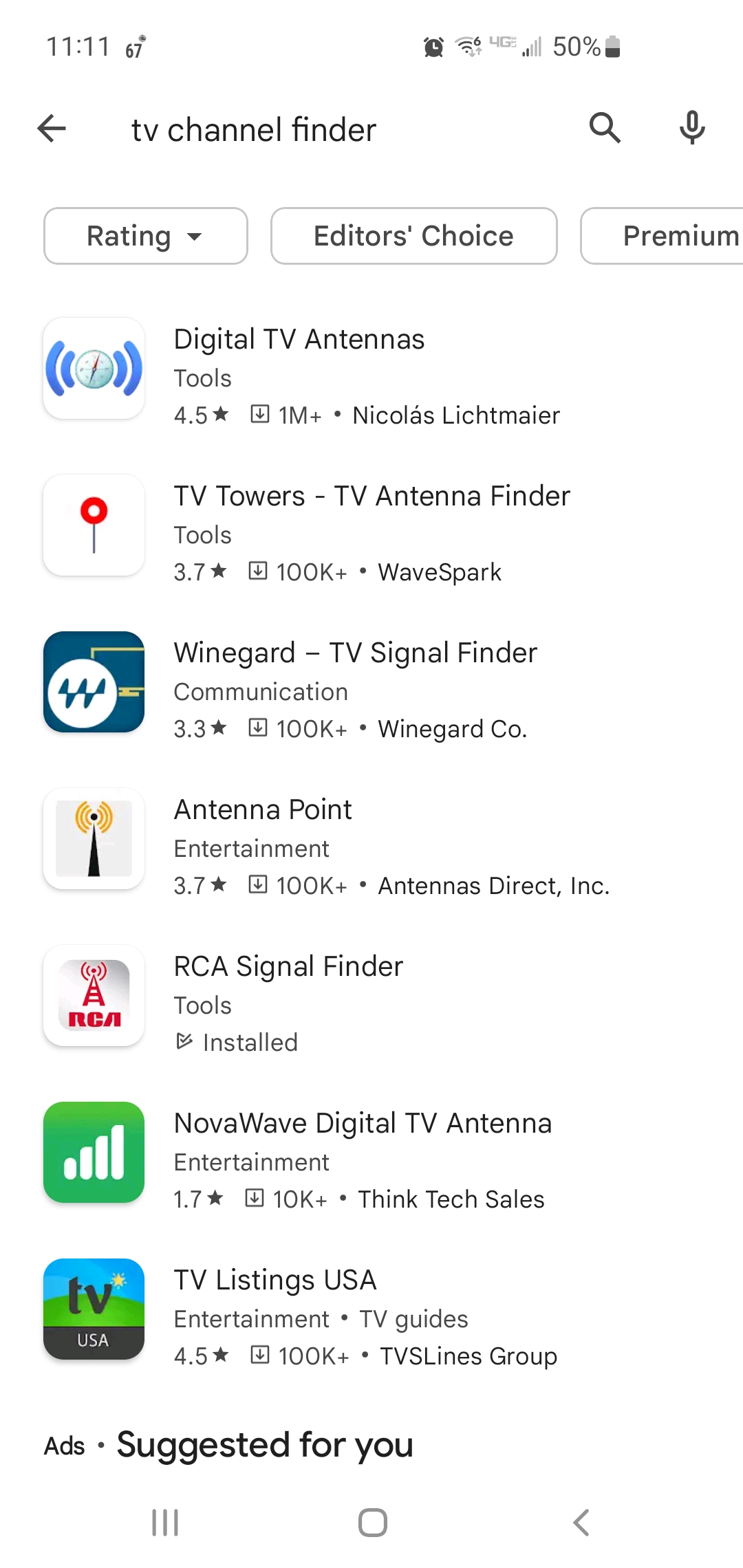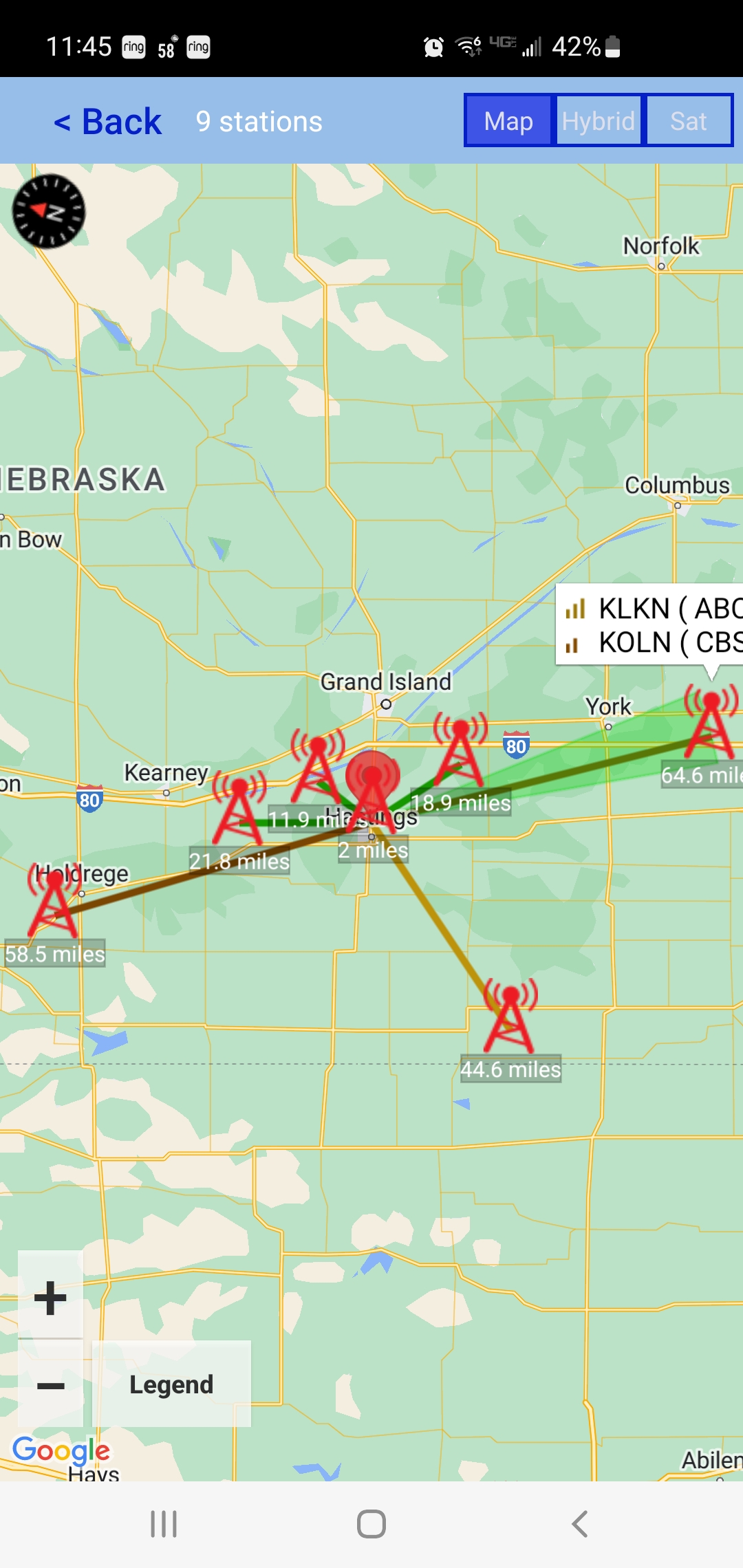

17 May 2023
Tanner Sterling
My family and I recently moved into our "forever house" back in in October 2022. There's a pic of it in the top banner. For many years Ashley, my wife, and I have been paying way too much to the Big Cable and Big Satellite companies for lots of channels, but none of them actually seem like they have much that you would actually sit down and watch anyways. So after watching many younger people, younger fellow Millennials, "cut the cable", I decided it was finally worth a go. Mostly because we just switched from Big Satellite back to a more local Cable company, but I was not able to watch one Colorado Avalanche hockey game this year, which was my only main goal from Big Cable was to come through when it comes to Sports. This year, they didn't. So, I am more ready than ever to give it a go. Well, after the NHL playoffs that is... :D "It's a League Game Smokey..." I later also learned that I really didn't need Cable TV to watch this year's games either. The Hulu app allowed me to watch all the NHL playoff games so far, although my Aves didn't make it past round one this year. At least they were the champs last year. Can't be too mad about that. Either way, this year I was able to watch all the NHL Playoffs that I wanted, without the Cable TV. I did have to subscribe to Hulu tho as well. Now for the actual Stanley Cup Finals, TNT has the coverage for this year. I did find out that if you download and sign up for Sling, you would be able to stream Game 1 tomorrow night. I looked into Sling, and it looks great, but I found myself just adding channels back and pretty much spending more and more for channels again, so I stopped. Sling does look like a very nice alternative though to regular TV Cable or Satellite and ultimately did look a bit cheaper than the other providers that we have used before.

The first step that I made, was to purchase an RCA amplified tv antenna, like the ones that look like the old "rabbit ears" of yesteryear. The ones that I purchased where from Menards, an RCA set that was about $25. These amplified VHF dipole and UHF loop antennas will get you access to any local or regional channels that are broadcasting in your area. You may be surprised at how many there are. We live in a smaller town in the mid-west, and with just the $25 TV antenna, we were able to pick-up about twenty five channels. I thought this was pretty good. Once that I get my small ham radio antenna up, at 30' AGL, I will also get a better TV antenna, such as the Xtreme Signal antenna shown. With an outdoor antenna that has more room to "breathe", if you will, and the better height to "see further" for VHF and UHF signals which are commonly called "line of sight" signals. Unlike HF signals, VHF and UHF need quite tall towers, hundreds of feet tall, to reach their customers via "line of sight". So, if you can get a little bit more height at your house, get a decent antenna, and give it "room to breathe" from other metallic objects, you will get a longer "reach" electrically speaking, and hopefully pick up some more channels and/or making a couple others more clear or more clear consistently.

The amplified antenna came with a little instruction book, that suggested downloading the RCA Channel Finder app. I downloaded the app and also started my TV going through it's old-school TV channel scan and program cycle. I felt like it was the early 90s all over again. But I was very surprised to find out that we had something like 25 local channels that the little amplified antenna could pull out of the "free air". The other interesting part, was that my TV manufacturer, LG, also includes quite a few of their own "IP" channels that are broadcast to you via your internet connection instead. Either way, it's more TV channels that we aren't paying for; besides the initial cost of the TV that is...

From cruising the Android app store, there seemed to be quite a few free apps to help you locate TV broadcast antennas in your area and also which direction you should point your antenna towards. Almost all TV antennas are directional, at least to a point. For this $25 RCA TV Antenna that I purchased at Menards, its two "rabbit ears" are what are called a VHF dipole. You want them fully extended and the antenna's front, for directional purposes, is the front plane that the two dipole elements form. The center piece is a UHF loop antenna. It is also somewhat directional, but start with it pointing "straight-up/out", like towards and out of a window. In this position, the UHF loop will be perpendicular to the ground, or making a 90 degree angle. Try and keep the VHF dipoles apart about 30 degrees and then point the antenna towards the closest window, or towards a broadcasting tower than you found in an app! One thing to note with the dipole, is that it is mostly omni(one)-directional, but it does have two dead zones on the "ends" of the dipole. In other words if your local channel isn't coming in, rotate the dipole to another direction. It will probably surprise you at how little you have to move it in order to go from zero to full HD picture quality.

So, where am I going from here? Step one, after the NHL Playoffs are over, I will be calling my cable company and cancelling our cable TV service. Then, with the help of another project, ham radio tower, I will be getting an outdoor TV antenna as well. This will be around 30' AGL (Above Ground Level). Once that antenna is up in the air, I will run some 75-ohm coax down my tower and into my basement. There is a little mech. room where all of my TV coax comes together in my house. This is pretty common in most houses too. It is here where I'll "tie" all the TVs in my house together. They will then all be able to share the same outdoor antenna and be up in the air a bit. Thanks for reading and please email me with any comments. Take care friends.